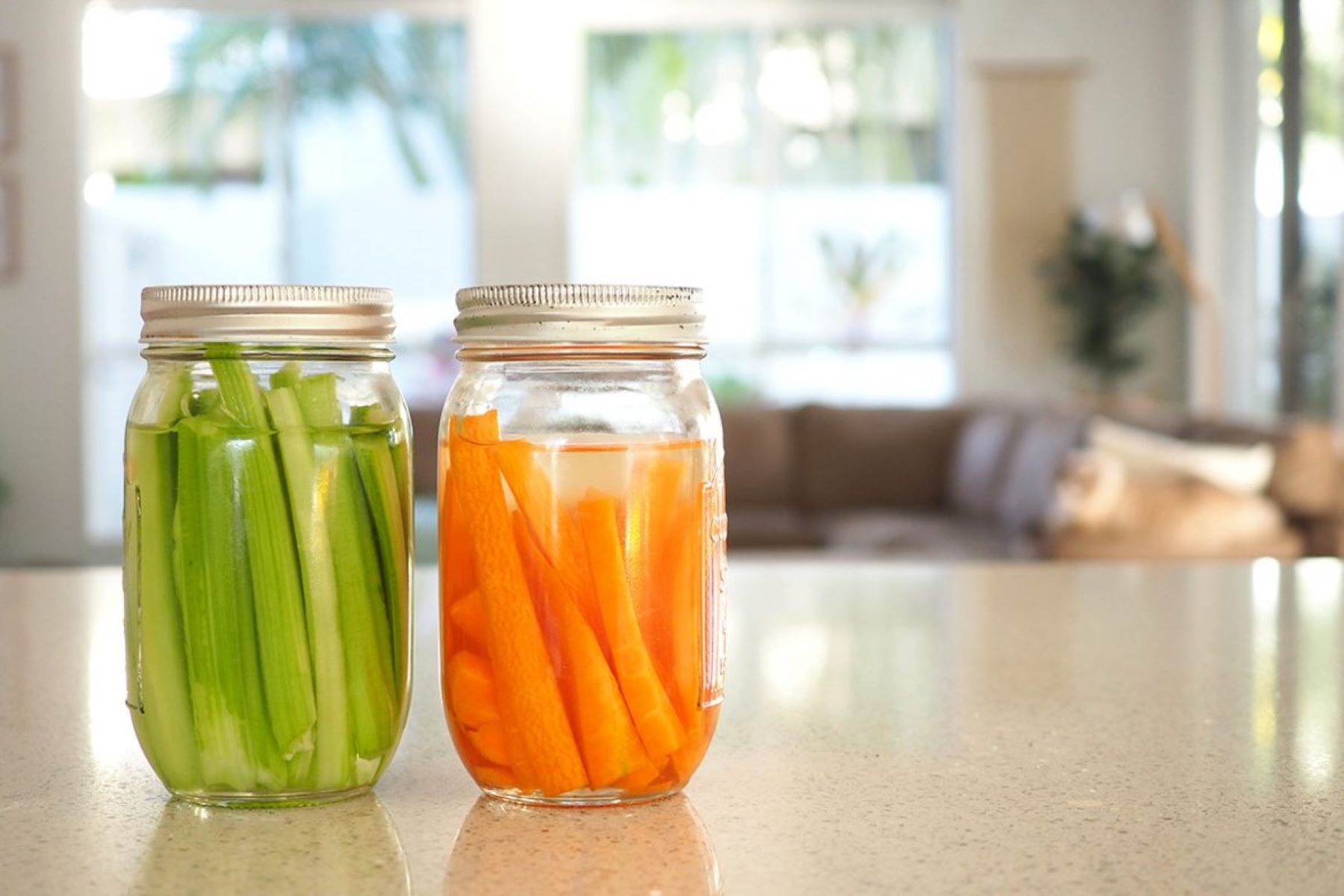

Articles
How To Store Celery And Carrots
Modified: February 24, 2024
Learn the best techniques for storing celery and carrots in this informative article. Keep your vegetables fresh and flavorful with these helpful tips and tricks!
(Many of the links in this article redirect to a specific reviewed product. Your purchase of these products through affiliate links helps to generate commission for Storables.com, at no extra cost. Learn more)
Introduction
Welcome to this comprehensive guide on how to store celery and carrots. Whether you’re a seasoned home cook or a newbie in the kitchen, learning how to properly store your produce can make a world of difference in terms of freshness, flavor, and longevity. Celery and carrots are two versatile and nutritious vegetables that are commonly used in many dishes, from salads to soups to stir-fries. By understanding their unique characteristics and employing the right storage methods, you can ensure that these vegetables stay crisp, vibrant, and delicious for as long as possible.
Proper storage is essential for maintaining the quality of celery and carrots. When these vegetables are not stored correctly, they can quickly lose their crispness and develop a wilted texture. Moreover, they can become prone to spoilage, resulting in a waste of food and money. By following the guidelines in this article, you’ll have the knowledge to store celery and carrots in a way that maximizes their freshness and minimizes food waste.
Before we delve into the specifics of storing celery and carrots, it’s important to understand the characteristics of these vegetables. Celery, with its crunchy stalks and distinct flavor, is rich in vitamins and minerals. Carrots, on the other hand, are known for their vibrant orange color, sweet taste, and high content of beta carotene. Both vegetables have a relatively long shelf life when stored properly, so let’s explore the different methods you can use to make the most of these nutritious staples.
Key Takeaways:
- Properly storing celery and carrots is crucial for maintaining their freshness, flavor, and nutritional value. By following the recommended storage methods and preparation techniques, you can enjoy crisp, vibrant, and delicious vegetables for an extended period.
- Whether stored in the refrigerator, root cellar, or freezer, maintaining optimal storage conditions for celery and carrots is key to minimizing food waste and maximizing their nutritional benefits. Remember to keep them dry, avoid overcrowding, and regularly check for spoilage to ensure long-lasting freshness.
Read more: How To Store Carrots And Celery
Why is Proper Storage Important?
Proper storage of celery and carrots is crucial to maintain their freshness, nutritional value, and overall quality. Here are several reasons why it is important to store these vegetables correctly:
Preserving Freshness: Celery and carrots are known for their crunchy texture and vibrant colors. Correct storage methods help to maintain these characteristics, ensuring that your vegetables stay crisp and appetizing for longer.
Minimizing Wastage: Proper storage helps to prevent spoilage and extends the shelf life of celery and carrots. This reduces the likelihood of having to throw away these vegetables due to rotting or wilting, ultimately saving you money and reducing food waste.
Retaining Nutritional Value: Celery and carrots are packed with essential vitamins, minerals, and antioxidants. By storing them properly, you can help retain their nutritional content and enjoy the full benefits of these nutrient-rich vegetables.
Enhancing Flavor: When stored correctly, celery and carrots retain their natural flavors. The crispness and freshness of properly stored vegetables make them more enjoyable to eat and use in a variety of recipes.
Convenience and Accessibility: Storing celery and carrots properly can also make your life easier in the kitchen. Having fresh vegetables readily available can inspire you to incorporate them into your dishes more frequently, boosting the nutritional value of your meals.
Now that we understand the importance of proper storage, let’s explore the characteristics of celery and carrots in more detail to better understand how to store them effectively.
Understanding the Characteristics of Celery and Carrots
Before diving into the best storage methods, it’s essential to understand the unique characteristics of celery and carrots. This understanding will help us determine the optimal conditions for storing these vegetables.
Celery: Celery is a crisp and fibrous vegetable that belongs to the Apiaceae family. It is composed of long, rigid stalks with green leaves and a distinct, savory flavor. One important characteristic of celery is its high water content. This means that it is prone to wilting and losing its crunchiness if not stored properly. Additionally, celery can absorb odors from other foods in the refrigerator, so it’s important to store it in a way that minimizes this absorption.
Carrots: Carrots are root vegetables that come in various shapes and colors, with orange being the most common. They have a naturally sweet taste and are packed with beta carotene, fiber, and other essential nutrients. Carrots have a firm texture and can remain crisp for an extended period if stored correctly. However, they are sensitive to both moisture loss and excessive moisture, which can lead to wilting or rotting.
Now that we’ve familiarized ourselves with the characteristics of celery and carrots, we can move on to preparing them for storage.
Preparing Celery and Carrots for Storage
Properly preparing celery and carrots before storage is a crucial step in maintaining their freshness and quality. Here are some steps you can follow to prepare these vegetables for storage:
1. Cleaning: Start by washing celery and carrots under cold running water. Gently scrub them with a vegetable brush to remove any dirt or debris. It’s essential to ensure that the vegetables are thoroughly clean before storage to minimize the risk of bacterial growth.
2. Trimming: Trim off the leafy tops of celery, as they tend to wilt and lose their freshness quickly. For carrots, trim off any green tops, as they can draw moisture away from the roots and cause them to become limp.
3. Drying: After washing and trimming, allow the celery and carrots to air dry completely. Excess moisture can contribute to wilting and spoilage, so it’s important to ensure that the vegetables are dry before storage.
4. Packaging: To maintain the crispness and prevent moisture loss, it is recommended to wrap celery and carrots in damp paper towels before storing them. The dampness of the towels will help to keep the vegetables hydrated without making them overly wet.
By following these preparation steps, you can ensure that your celery and carrots are clean, trimmed, and ready for storage. Now, let’s explore the best storage methods for these vegetables.
Best Storage Methods for Celery and Carrots
To keep your celery and carrots fresh and flavorful, it’s important to use the best storage methods suited for each vegetable. Let’s take a look at the recommended storage methods for celery and carrots:
1. Storing Celery: Celery is best stored in the refrigerator to maintain its crispness. To store celery, you have a couple of options:
- Method 1: Wrap the celery tightly in aluminum foil or plastic wrap. This helps to retain moisture and prevent the vegetable from drying out.
- Method 2: Alternatively, you can also place the celery in a container or resealable bag lined with paper towels. The paper towels will absorb excess moisture and keep the vegetable fresh.
2. Storing Carrots: Carrots can be stored in a few different ways depending on your preference:
- Method 1: Store whole, unpeeled carrots in a plastic bag or airtight container in the refrigerator. Make sure to remove any moisture or condensation from the bag or container before sealing it.
- Method 2: If you prefer convenience, you can peel and cut the carrots into sticks or slices and store them in a container filled with water. Change the water every few days to keep it fresh.
- Method 3: Another option is to blanch the carrots before freezing them for long-term storage. Blanching helps to preserve the flavor and texture of the carrots.
Regardless of the storage method you choose, it’s important to regularly check the condition of your celery and carrots. Remove any spoiled or wilted pieces to prevent them from affecting the quality of the remaining vegetables.
Now that you know the best storage methods for celery and carrots, let’s explore specific techniques for storing them in different conditions.
Store celery and carrots in the refrigerator. Wrap them in a damp paper towel and place them in a plastic bag to keep them fresh and crisp for up to two weeks.
Read more: How To Store Cut Celery And Carrots
Storing Celery and Carrots in the Refrigerator
The refrigerator is the ideal place to store celery and carrots to maintain their freshness and extend their shelf life. Here’s how you can store them in the refrigerator:
1. Celery:
- Method 1: Wrap the celery tightly in aluminum foil or plastic wrap. This helps to retain moisture and prevent the celery from drying out. Place the wrapped celery in the crisper drawer of the refrigerator.
- Method 2: Alternatively, you can store celery stalks in a container or resealable bag lined with paper towels. The paper towels will absorb excess moisture and keep the celery fresh. Make sure to seal the container or bag tightly to prevent air from entering.
2. Carrots:
- Method 1: Store whole, unpeeled carrots in a plastic bag or airtight container. Before sealing, remove any moisture or condensation from the bag or container. Place them in the vegetable crisper drawer in the refrigerator.
- Method 2: If you prefer convenience, you can peel and cut the carrots into sticks or slices. Store them in an airtight container filled with water. Change the water every few days to keep the carrots fresh.
Remember to check the vegetables regularly and remove any spoiled or wilted pieces to prevent them from affecting the quality of the remaining celery and carrots. Properly stored, celery can last in the refrigerator for up to two weeks, while carrots can stay fresh for up to a month.
Now that you know how to store celery and carrots in the refrigerator, let’s explore another storage option: storing them in a root cellar.
Storing Celery and Carrots in a Root Cellar
A root cellar is an excellent storage option for celery and carrots, especially if you have access to one. Root cellars provide cool, dark, and humid conditions that help extend the shelf life of these vegetables. Here’s how you can store celery and carrots in a root cellar:
1. Celery:
- Method 1: Place the celery in a perforated plastic bag to allow for airflow. This prevents moisture buildup and helps the celery retain its crispness. Hang the bag in the root cellar or store it in a basket lined with damp cloth or paper towels.
- Method 2: If you have a root cellar with built-in storage bins or shelves, place the unwashed celery directly in a designated compartment. Ensure that there is enough space for airflow between the stalks.
2. Carrots:
- Method 1: Brush off any excess soil from the carrots, but do not wash them. Place the carrots in a wooden crate or a well-ventilated container lined with damp sand or sawdust. Make sure to layer the carrots without touching each other to prevent rotting.
- Method 2: Another option is to dig a small trench in the root cellar floor and bury the carrots in layers with damp sand or sawdust. This method provides added humidity and insulation.
Monitor the conditions in the root cellar regularly to ensure that the temperature and humidity levels remain suitable for storing vegetables. Ideal conditions for storing celery and carrots in a root cellar are around 32 to 40°F (0 to 4°C) with a humidity level of around 90 to 95%. Properly stored, celery can last for up to three months, while carrots can stay fresh for up to six months in a root cellar.
Now that you know how to store celery and carrots in a root cellar, let’s explore another storage option: freezing.
Freezing Celery and Carrots for Long-term Storage
If you want to preserve celery and carrots for an extended period, freezing them is a great option. Freezing helps retain their flavor and nutritional value. Here’s how you can freeze celery and carrots for long-term storage:
1. Celery:
- Wash the celery stalks thoroughly and cut them into small pieces or slices, depending on your preference.
- Blanch the celery in boiling water for 1-2 minutes, then immediately plunge them into icy water to stop the cooking process.
- Drain the blanched celery and pat dry with paper towels to remove excess moisture.
- Place the celery pieces in freezer-safe bags or containers, making sure to remove as much air as possible before sealing.
- Label the bags or containers with the date and place them in the freezer.
2. Carrots:
- Start by washing and peeling the carrots. Cut them into slices or sticks, or leave them whole, depending on your preference.
- Blanch the carrot pieces in boiling water for 2-3 minutes, then immediately transfer them to an icy water bath to cool down quickly.
- Drain the blanched carrots and pat dry with paper towels to remove any excess moisture.
- Place the carrot pieces in freezer-safe bags or containers, removing as much air as possible before sealing.
- Label the bags or containers with the date and place them in the freezer.
When freezing celery and carrots, it’s important to blanch them first. Blanching helps preserve their texture, flavor, and color while preventing the growth of bacteria and enzymes that can lead to spoilage.
Frozen celery can last for up to 12 months, while carrots can stay fresh for up to 18 months in the freezer. Remember to thaw the desired amount of celery or carrots in the refrigerator before using them in your recipes.
Now that you know how to freeze celery and carrots for long-term storage, let’s explore some tips for maintaining freshness and extending their shelf life.
Tips for Maintaining Freshness and Extending Shelf Life
To ensure that your celery and carrots stay fresh and flavorful for as long as possible, here are some tips and tricks to maintain their freshness and extend their shelf life:
1. Keep them dry: Moisture can lead to wilting and spoilage. It’s important to keep celery and carrots dry before storing them. Gently pat them dry or let them air dry completely before placing them in the refrigerator, root cellar, or freezer.
2. Avoid overcrowding: Proper airflow is essential for maintaining the freshness of celery and carrots. Avoid overcrowding them in storage containers or bags. Leave enough space for air circulation to prevent moisture buildup or the risk of rotting.
3. Remove any spoiled pieces: Regularly check your stored celery and carrots for any signs of spoilage, such as mold or soft spots. Remove any spoiled pieces immediately to prevent them from affecting the quality of the remaining vegetables.
4. Separate ethylene-producing produce: Some fruits and vegetables produce ethylene gas, which can accelerate the ripening and deterioration of celery and carrots. Keep them away from ethylene-producing produce like apples, bananas, and tomatoes to avoid premature spoilage.
5. Store herbs separately: If storing celery in the refrigerator, it’s best to remove any fresh herbs from the celery bunch before wrapping it. Herbs tend to deteriorate faster and can release moisture, causing the celery to go limp more quickly.
6. Don’t wash before storage: Avoid washing celery and carrots before storage, as excess moisture can lead to quicker spoilage. Instead, wash them just before using them in your recipes.
7. Label and rotate: If you have multiple batches of celery and carrots in storage, label them with dates to help you keep track of their freshness. When using these vegetables, make sure to rotate your stock by using the older ones first.
8. Optimal storage temperature: The ideal temperature for storing celery is around 32°F (0°C), while carrots prefer slightly higher temperatures around 35-40°F (1-4°C). These temperature ranges can be achieved in the refrigerator’s vegetable drawer or a root cellar.
Follow these tips to maintain the freshness and extend the shelf life of your celery and carrots, ensuring that you have crisp and delicious vegetables whenever you need them.
Now that we’ve covered various storage methods and tips, you can confidently store and preserve your celery and carrots, reducing waste and maximizing their nutritional value in your everyday cooking.
Remember, fresh and properly stored celery and carrots can elevate the flavor and nutritional content of your meals, so make the most out of these versatile and healthy vegetables!
Happy cooking and enjoy your fresh and tasty celery and carrots!
Conclusion
In conclusion, proper storage is essential for preserving the freshness, flavor, and nutritional value of celery and carrots. By understanding the unique characteristics of these vegetables and employing the right storage methods, you can ensure that they stay crisp, vibrant, and delicious for as long as possible.
Whether you choose to store these vegetables in the refrigerator, a root cellar, or freeze them for long-term storage, following the recommended techniques will help maintain their quality and extend their shelf life.
Remember to clean, trim, and dry celery and carrots before storing them to minimize the risk of bacterial growth and spoilage. And don’t forget to remove any spoiled or wilted pieces regularly to prevent them from affecting the quality of the remaining vegetables.
By keeping celery and carrots dry, avoiding overcrowding, and properly labeling and rotating your stock, you can maintain their freshness and minimize food waste. Additionally, separating them from ethylene-producing produce and storing herbs separately can help prolong their shelf life.
Whether you’re cooking up a delicious stir-fry, preparing a refreshing salad, or adding flavor to soups and stews, having fresh and properly stored celery and carrots on hand will elevate your dishes and boost their nutritional content.
So, remember the important steps: clean, trim, dry, and store celery and carrots accordingly. Whether you choose the refrigerator, a root cellar, or the freezer, the key is to maintain the proper storage conditions for these vegetables.
With the knowledge gained from this guide, you can confidently store and preserve your celery and carrots, reducing waste and ensuring you have the ingredients you need whenever a recipe calls for them.
So, go ahead and enjoy the benefits of fresh and nutritious celery and carrots in your meals. Happy cooking!
Frequently Asked Questions about How To Store Celery And Carrots
Was this page helpful?
At Storables.com, we guarantee accurate and reliable information. Our content, validated by Expert Board Contributors, is crafted following stringent Editorial Policies. We're committed to providing you with well-researched, expert-backed insights for all your informational needs.
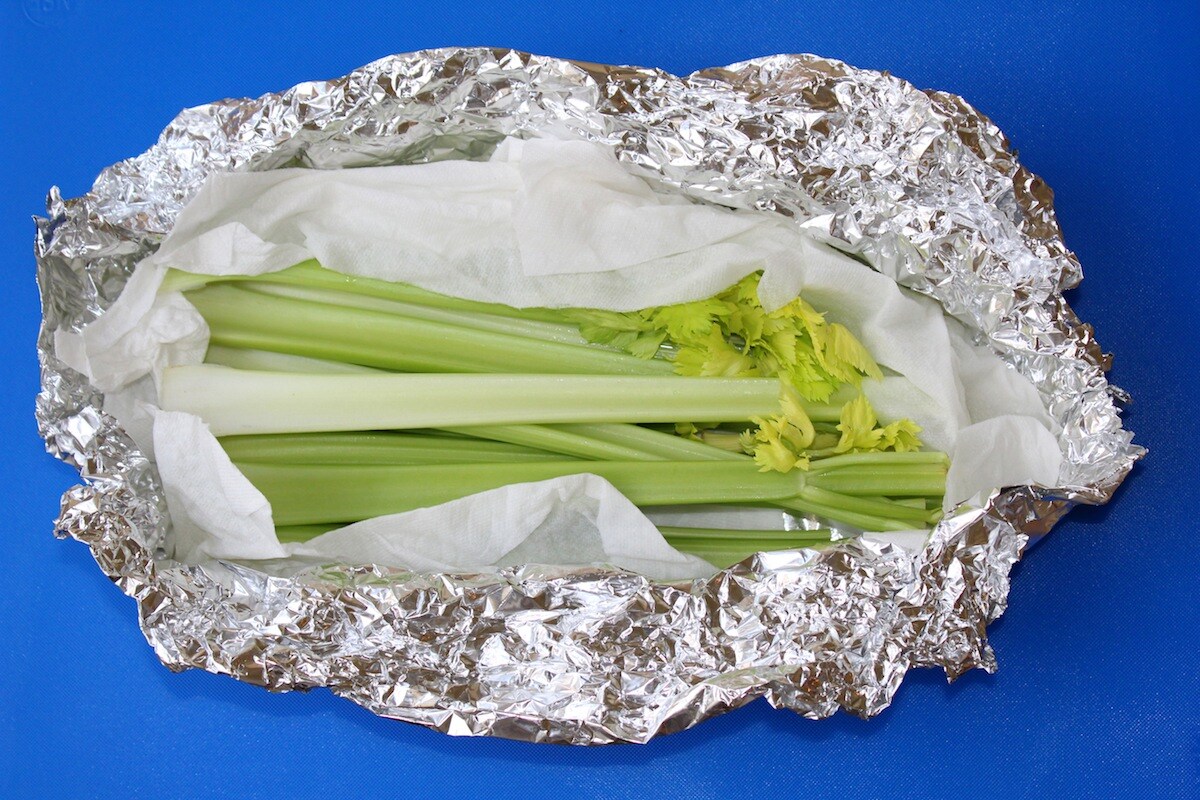
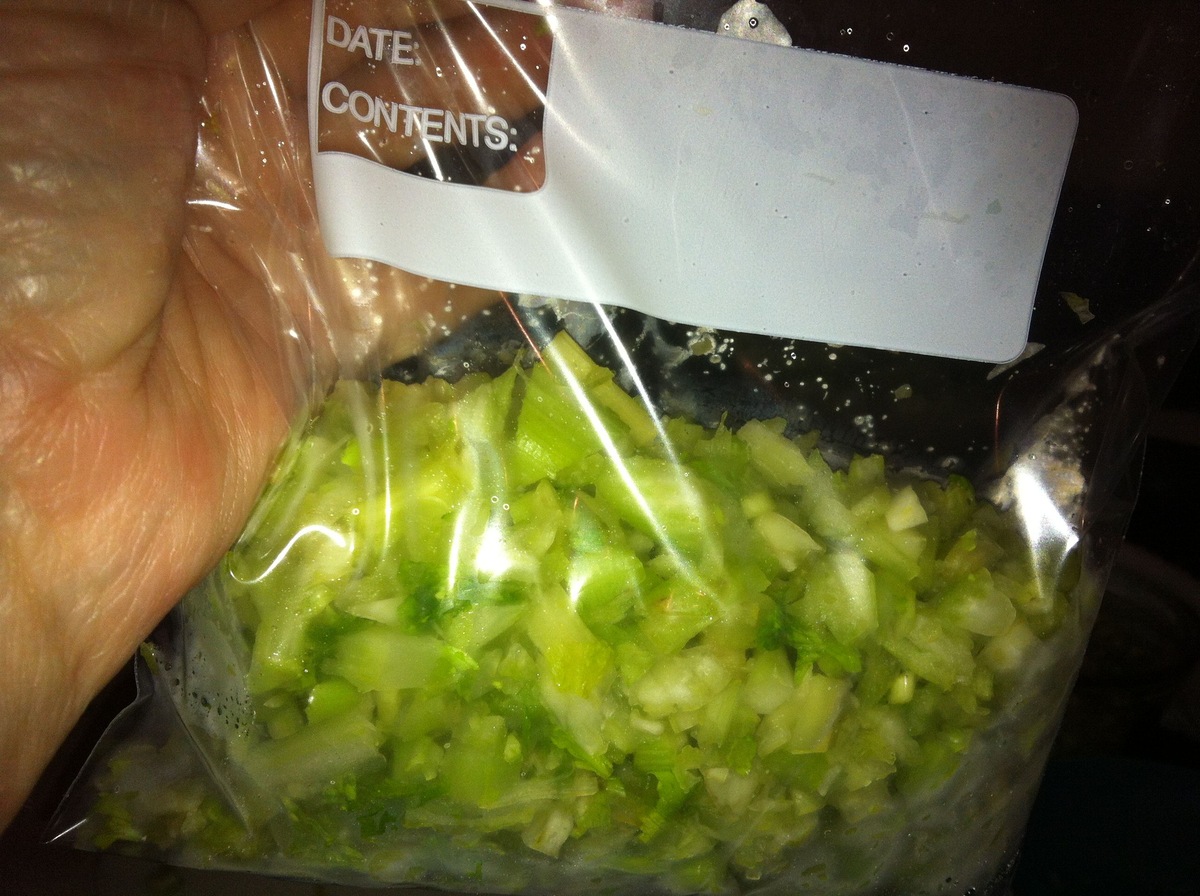
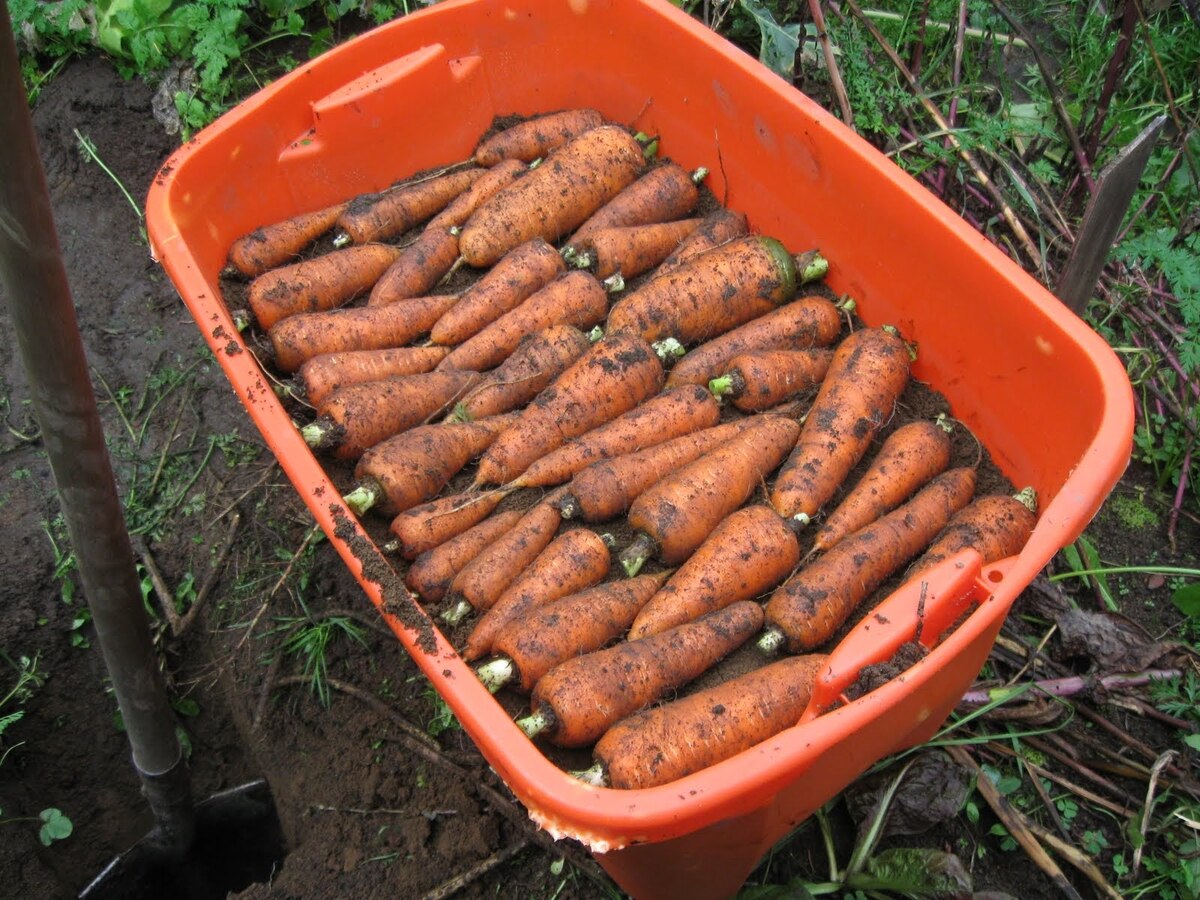
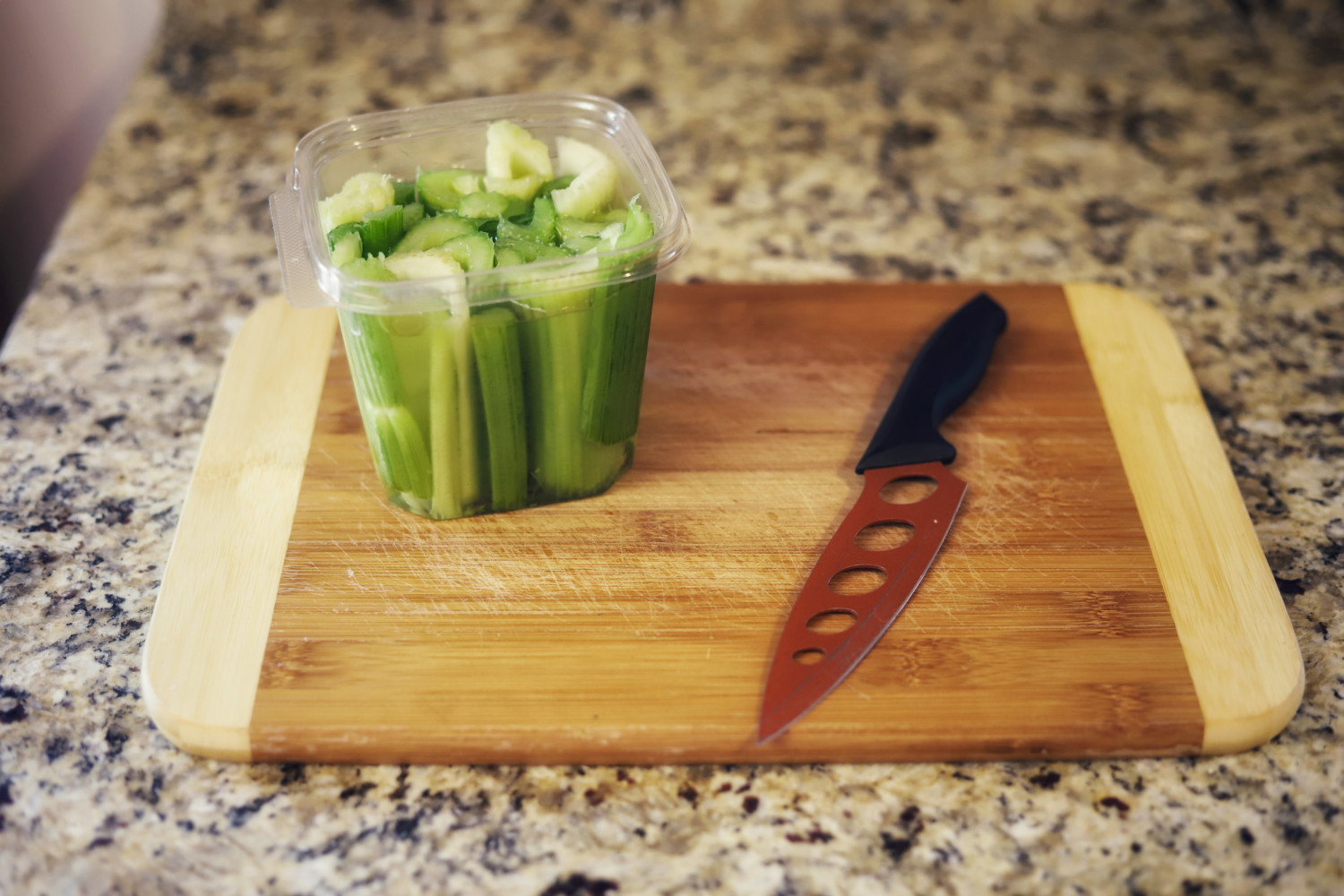
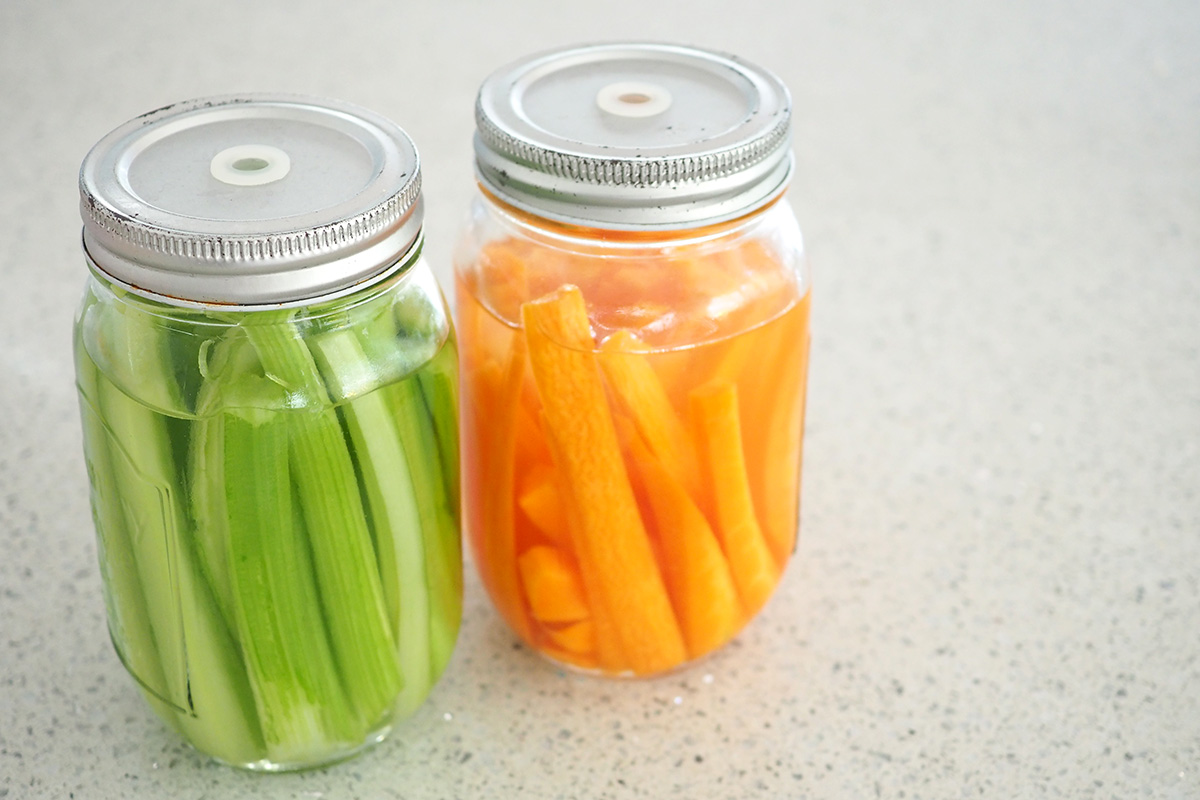
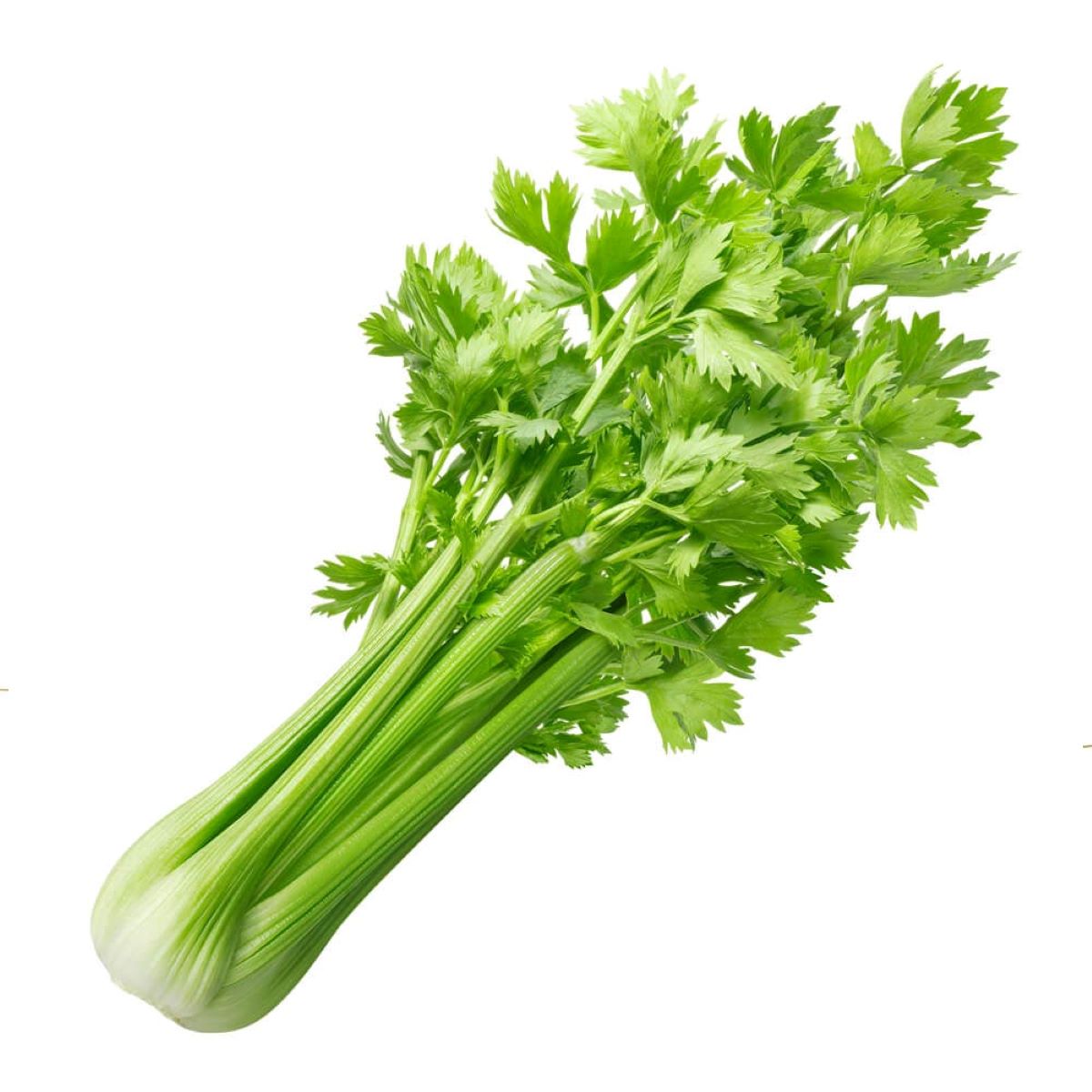
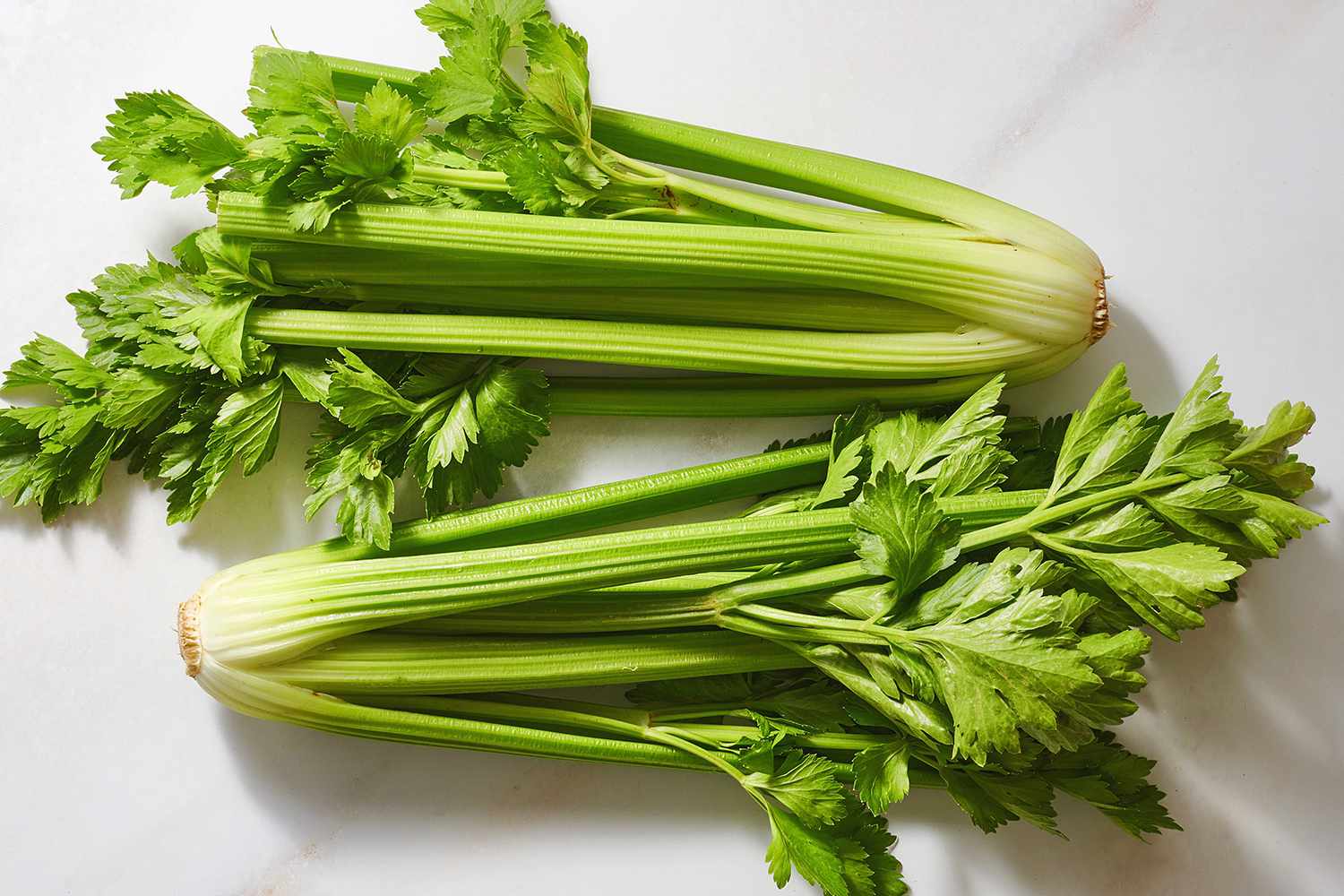
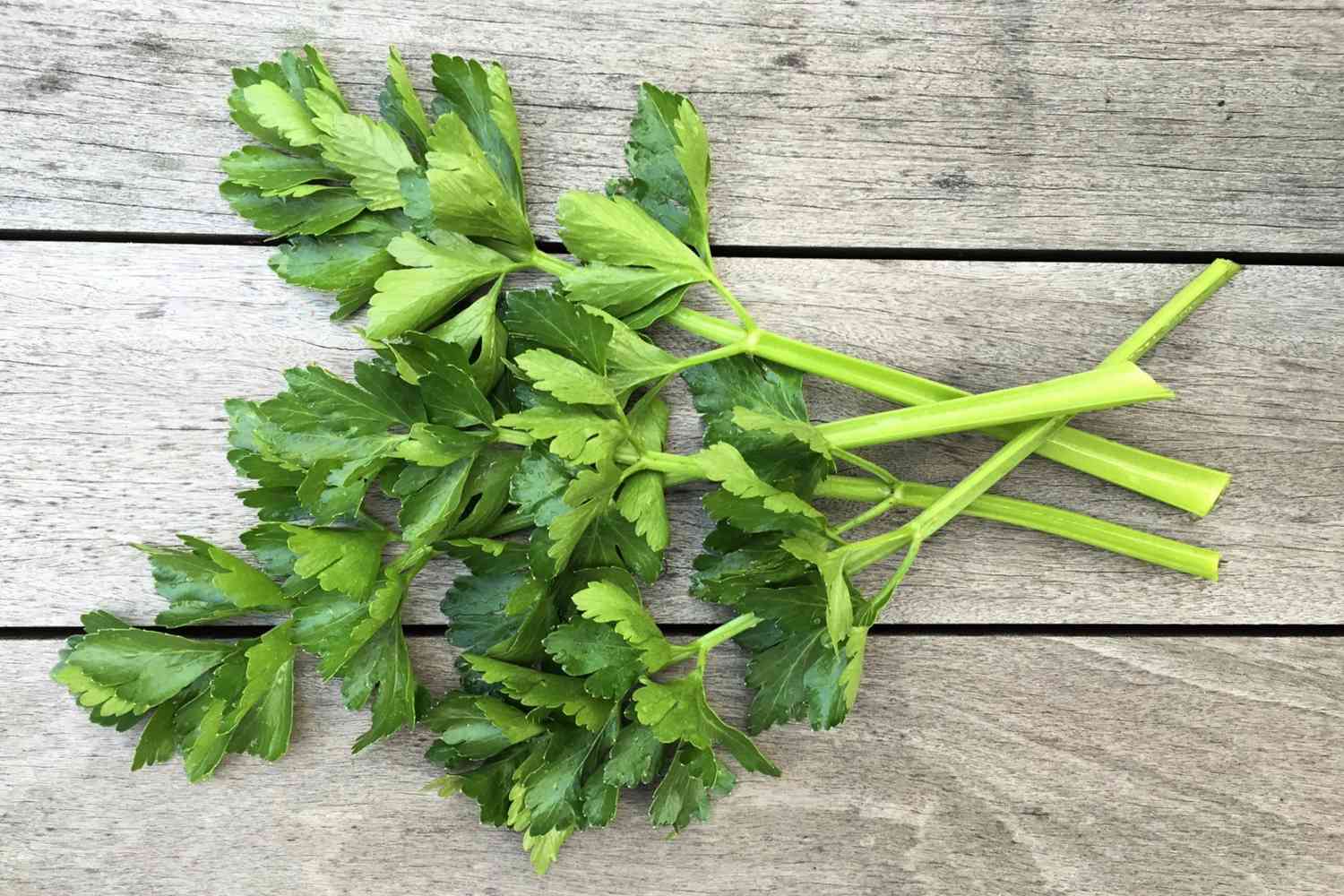
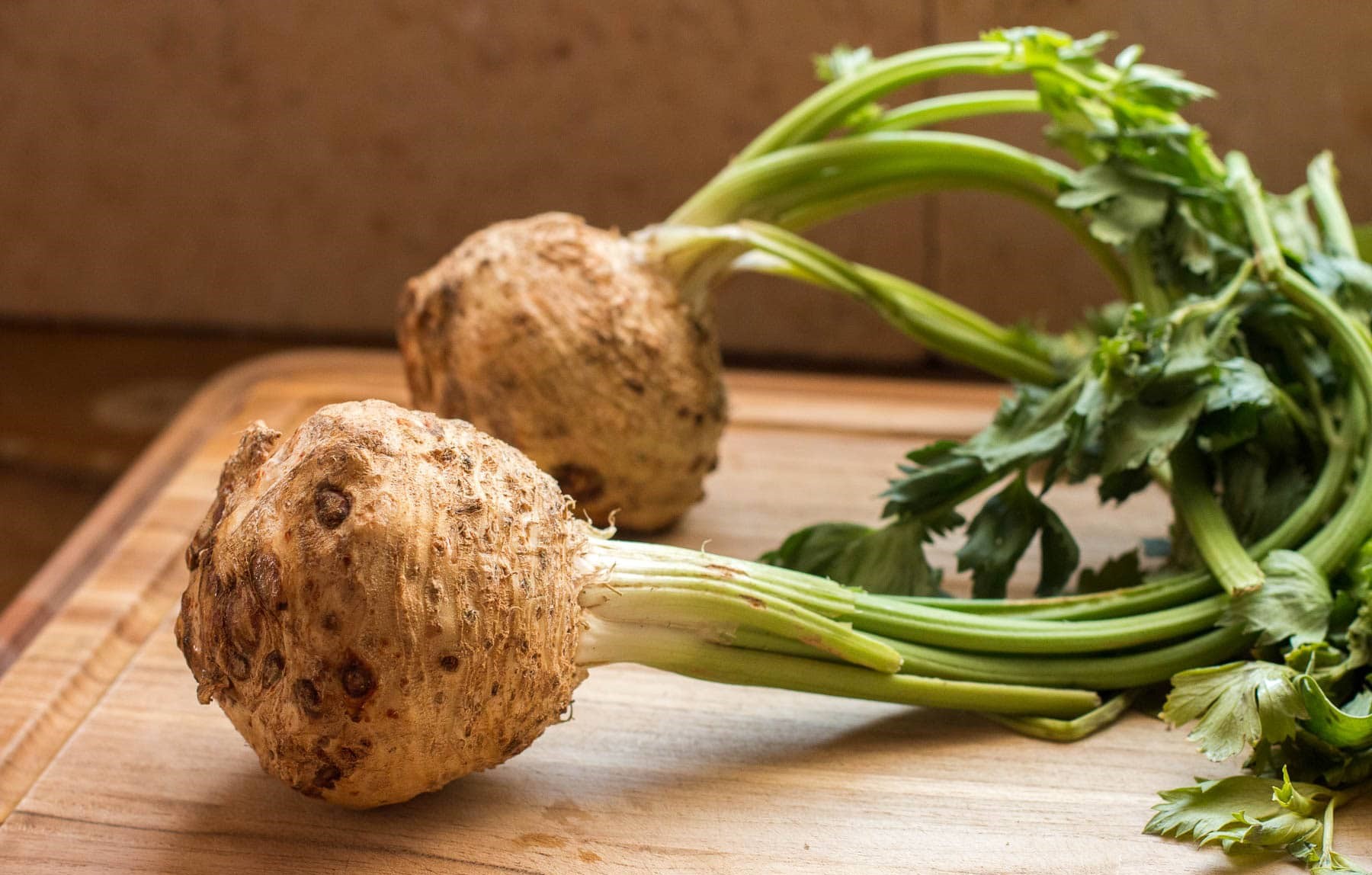
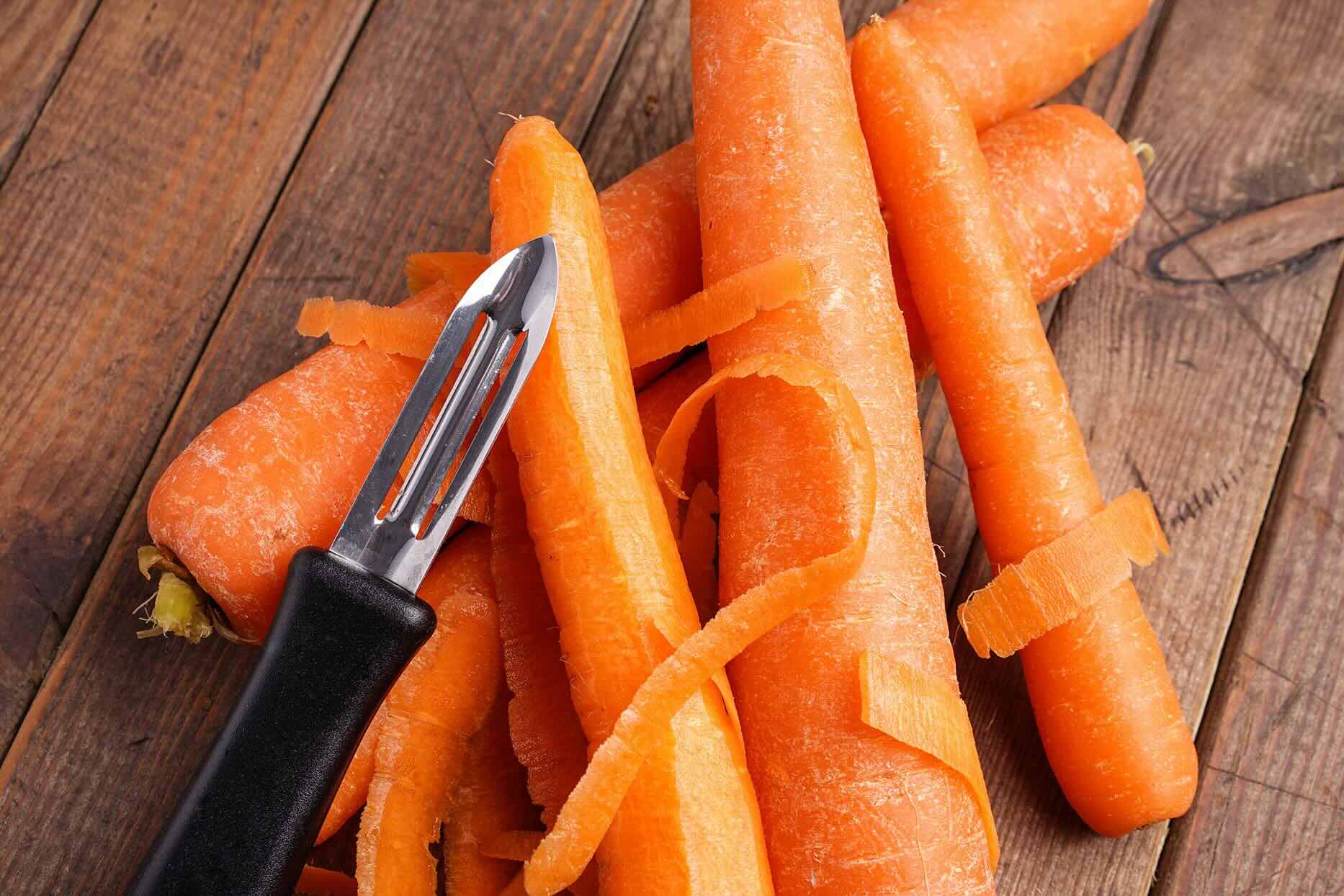
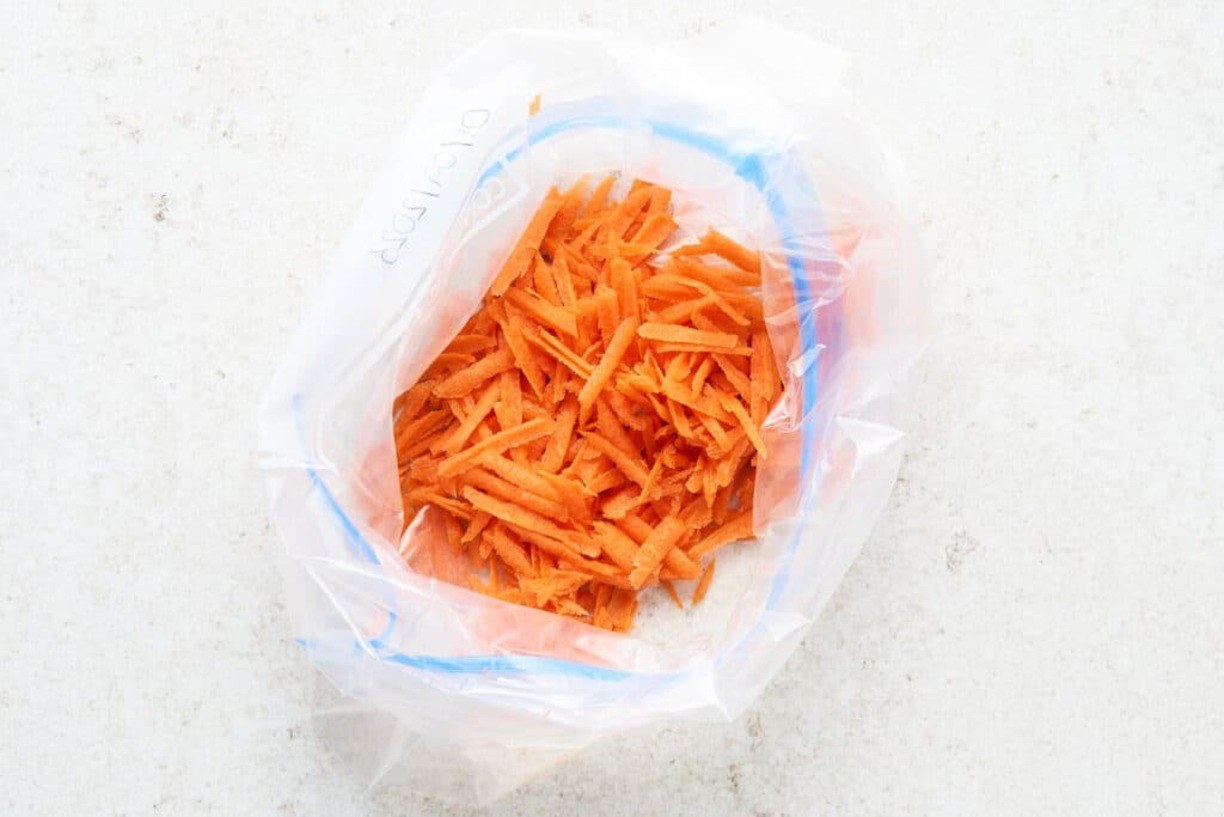
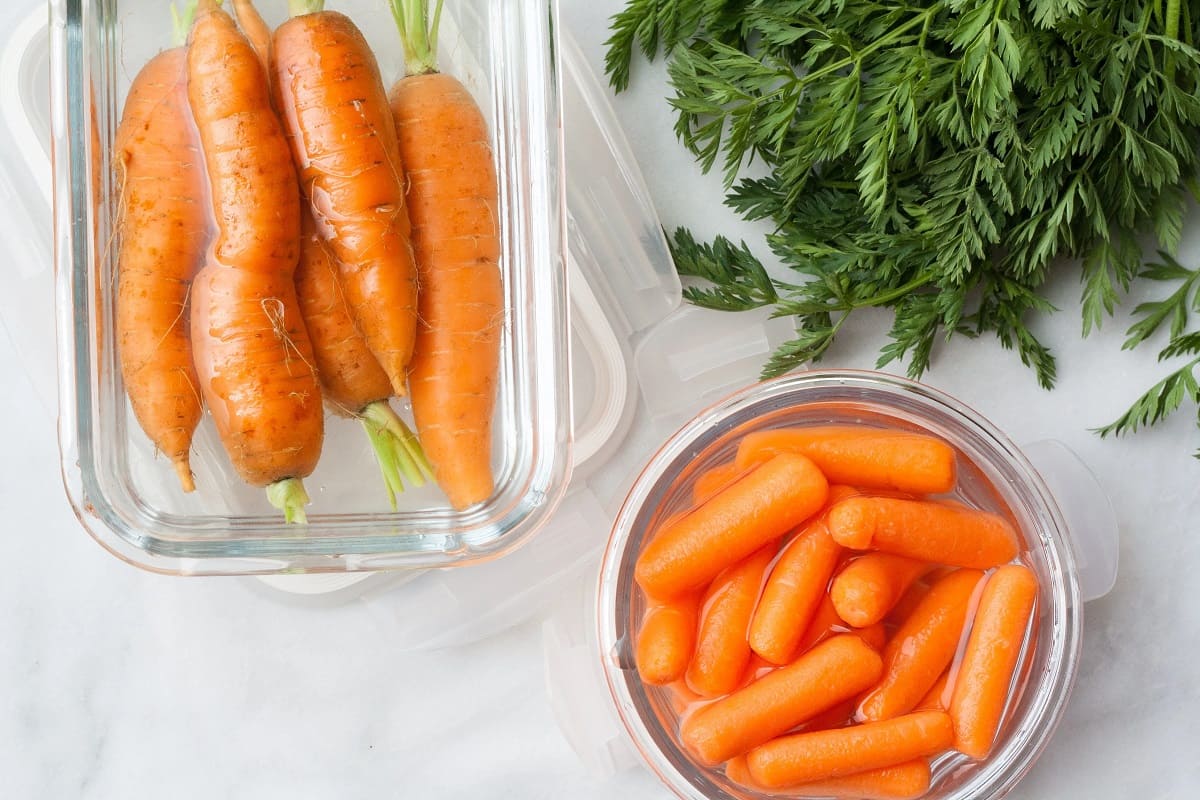


0 thoughts on “How To Store Celery And Carrots”